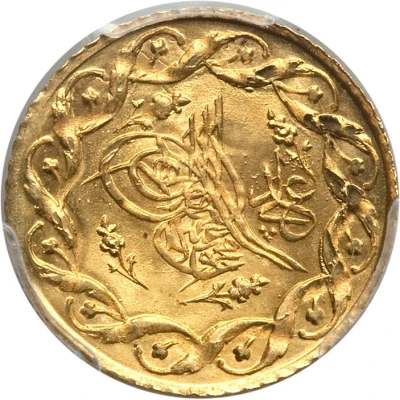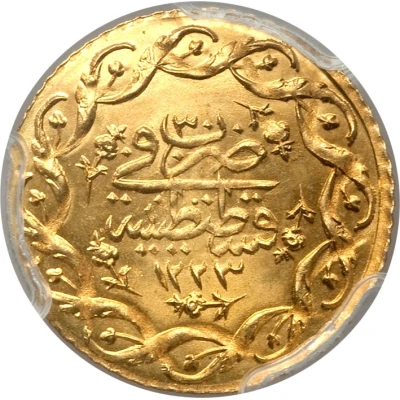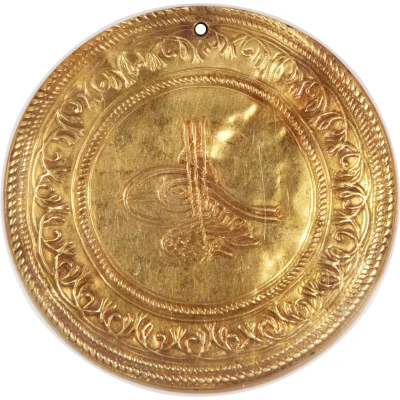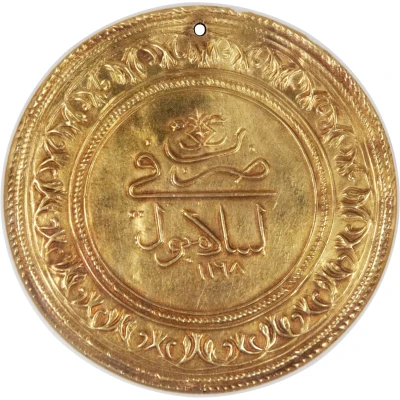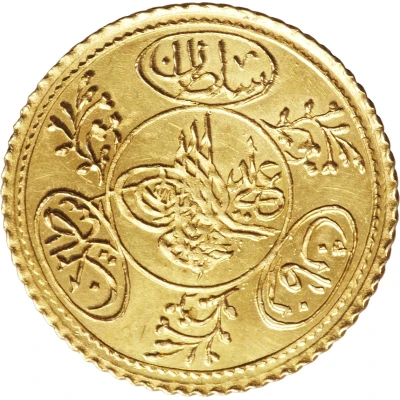
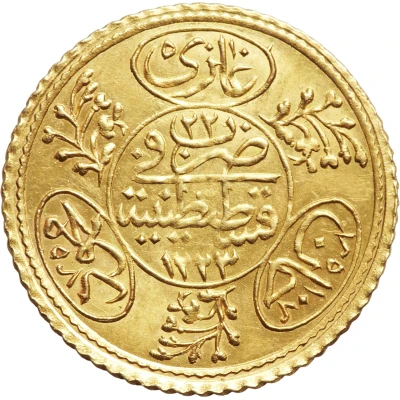

© Heritage Auctions
Hayriye - Mahmud II
| Gold (.873) | 1.84 g | 21 mm |
| Issuer | Ottoman Empire |
|---|---|
| Sultan | Mahmud II (1808-1839) |
| Type | Standard circulation coin |
| Years | 1243-1248 (1828-1833) |
| Calendar | Islamic (Hijri) |
| Value | 1 Hayriye (24) |
| Currency | Kuruş (1688-1844) |
| Composition | Gold (.873) |
| Weight | 1.84 g |
| Diameter | 21 mm |
| Thickness | 0.30 mm |
| Shape | Round |
| Orientation | Coin alignment ↑↓ |
| Demonetized | Yes |
| Updated | 2024-10-06 |
| Numista | N#36328 |
|---|---|
| Rarity index | 77% |
Reverse
Regnal year, mint and date within center circle of flowers and ovals.
Script: Arabic
Lettering:
غازى | محمود | خان
٢٢
ضرب
في
قسطنطينية
١٢٢٣
Translation:
Ghazi | Mahmud | Khan
Duriba fi Konstantiniyye. 1223.
Ghazi | Mahmud | Khan
Struck [during the] 21[st year of the sultan rule] at Constantinople. [Accession in] 1223 [AH].
Interesting fact
One interesting fact about the Hayriye - Mahmud II 1243-1248 (1828-1833) coin from the Ottoman Empire is that it was issued during a time of significant economic and political change in the empire. The coin was introduced as part of a broader effort to reform the Ottoman economy and stabilize the currency, which had been facing inflation and devaluation in the early 19th century. The use of gold in the coin's composition was a deliberate choice to promote confidence in the currency and to align the Ottoman Empire with European economic standards. Despite these efforts, the coin's issuance was ultimately cut short due to the political instability and conflict that characterized the period. Today, the coin remains a rare and valuable collector's item, offering a glimpse into a pivotal moment in Ottoman history.
